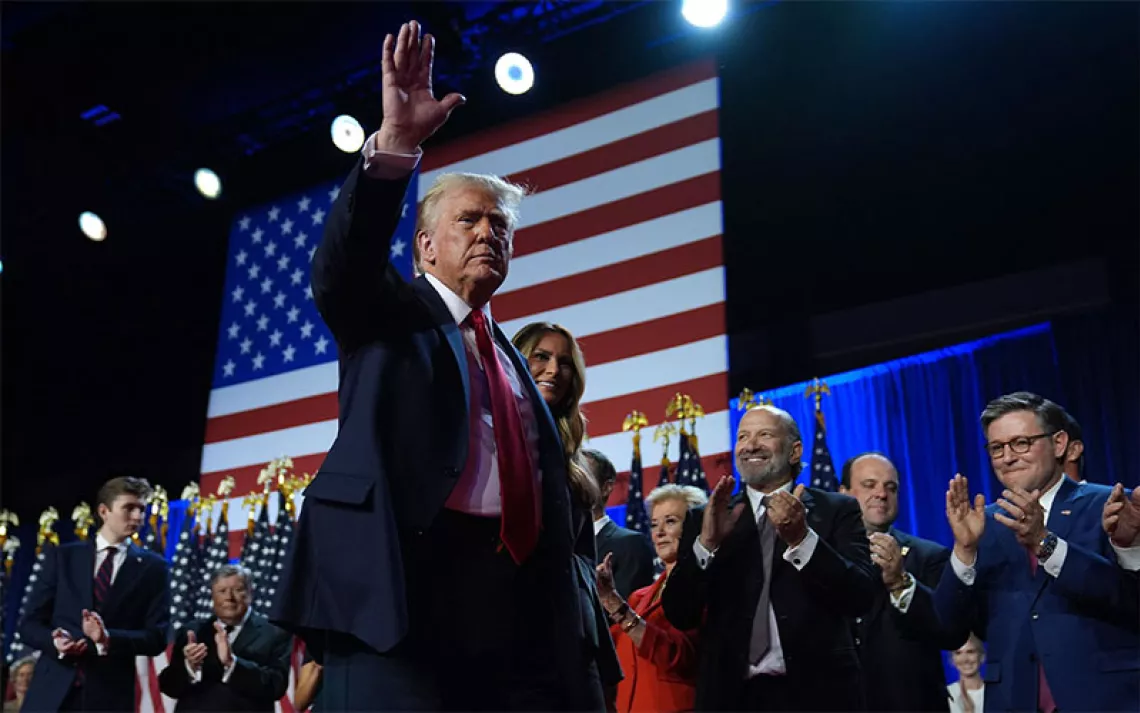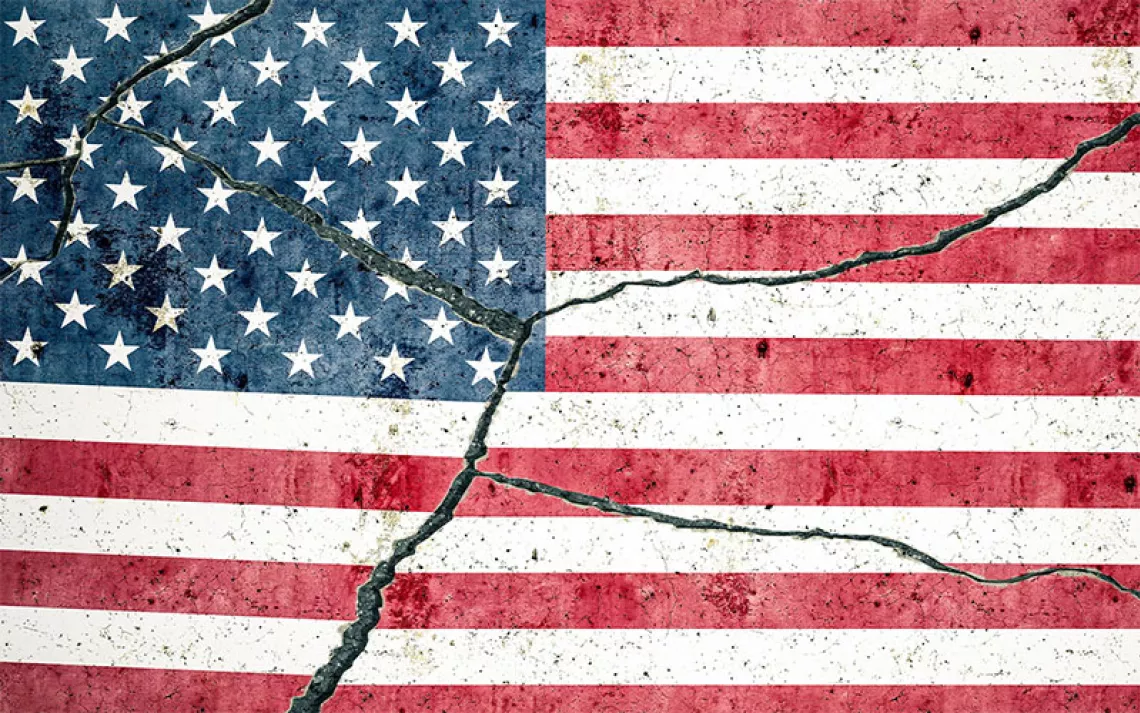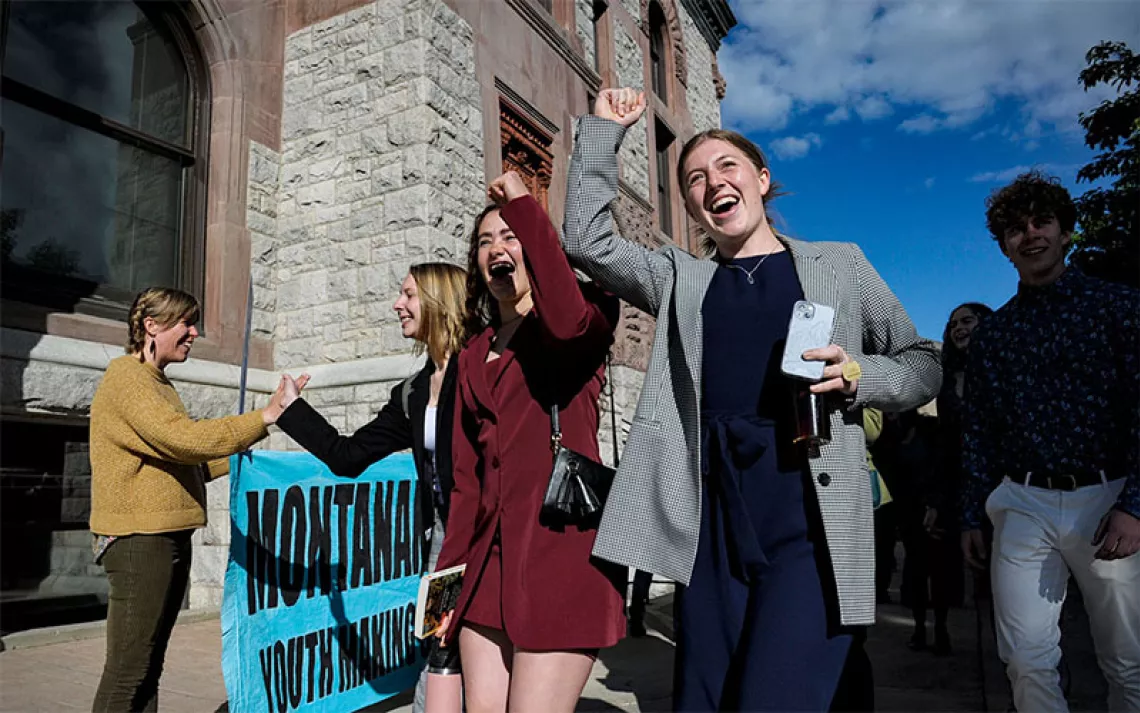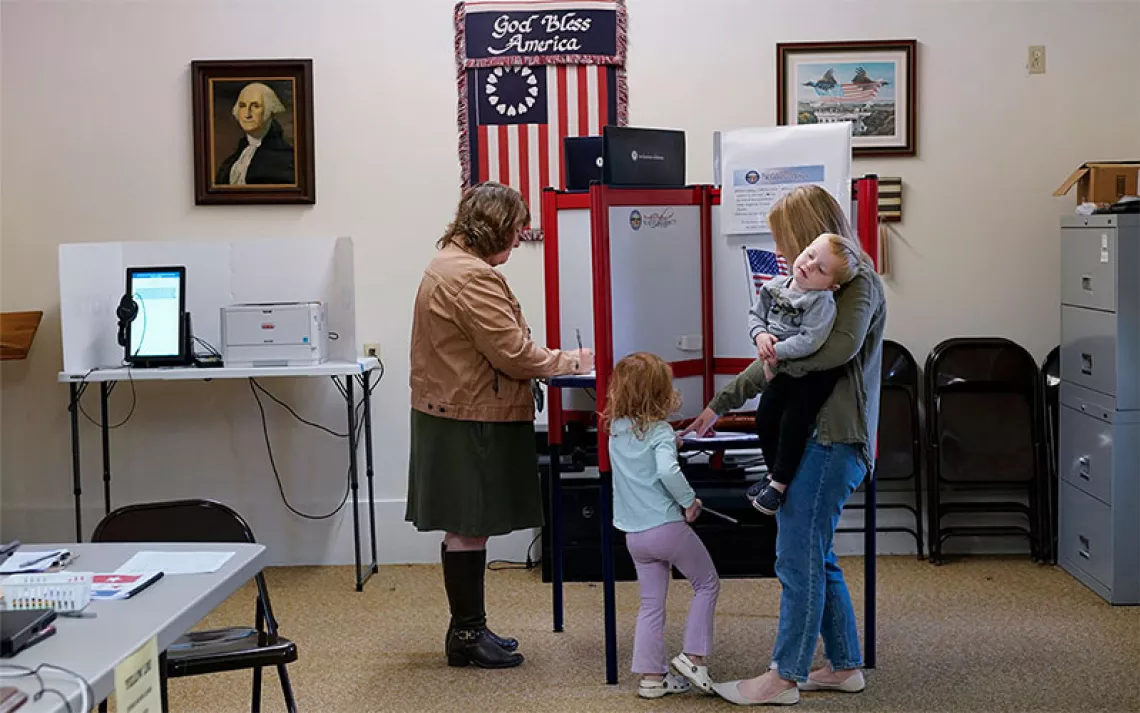How to Build Diverse Coalitions
Don’t be afraid to talk about racism

Demonstrators march on Washington during the Poor People's Campaign Solidarity Day. | Photo by Charles Tasnadi/Associated Press
In January, the port city council of Richmond, California, voted to ban coal and petcoke from being transported or stored within city boundaries. The reasons cited in the legislation were local—moving and storing coal and petcoke kick up dust that had been linked to cancer and respiratory diseases, and Richmond already had some of the worst air quality in the United States.
But it was a local decision with global implications. Those open railcars were passing through Richmond on their way from the coal mines of Utah to the coal plants in Japan. Once burned in those coal plants, the coal and petcoke would release a colossal amount of carbon dioxide into the middle atmosphere, making it, effectively, the world’s problem.
The coal and petcoke ban was one consequence of more than a decade of work by the Richmond Progressive Alliance—a diverse group of activists with interests ranging from education to public health to housing to climate change to police reform (and various combinations of the above) who banded together in 2002 with a plan to use electoral politics to achieve their goals.
When the alliance formed, its founding members were careful to bring in members who shared an expansive vision of what was worth fighting for. Andrés Soto, one of the alliance’s founding members, had worked on violence prevention and on behalf of Latin American Studies programs in elementary and high schools. He and a group of other Latinos were attacked by Richmond police on Cinco de Mayo earlier that year, which had left him with a strong interest in removing the chief of police from office. But he also went on to become an expert on regional air quality issues, and—once he was appointed to the planning commission—to incorporate climate adaptation and mitigation into the city’s new general plan.
“It’s important to look for a breadth of issues that connect under the broad heading of a just transition,” says Soto. “Immigration. Detention. The sheriff's office and the jails. To us, that’s part of the extractive economy. It makes money off of extracting our people from our communities and shipping them somewhere like Kern County, where they have nine state prisons, for example, in addition to all the oil wells.”
With that perspective, pushing back against the police department’s habit of confiscating cars from undocumented drivers was as important as seeing to it that the Chevron refinery within city borders was paying its fair share of taxes to the city. (It wasn’t—something that had escaped the attention of earlier administrations of Chevron-backed candidates.)
Organizing a diverse coalition from the beginning helped the Richmond Progressive Alliance avoid a pitfall that has haunted other idealistic movements. “Often where white progressives go wrong is that they have a good idea and then launch the thing and then realize that there are no people of color and feel bad,” says Nato Green, a union organizer. “And then they go looking for people of color to rope into a thing that has already been defined by white people. It works better to just slow down with the launch and build a multiracial approach from the beginning, even if that means that what results is different from the version that white people thought up on their own.”
Diversity has to go beyond looking for a balance in numbers, says Anthony Rodgers-Wright, the Green New Deal policy lead for the Climate Justice Alliance. “It also has to include shared power. It can't just be letting a few people of color lead a march, if they weren't a part of the planning process. That’s almost a tawdry diversity. We don't need any more symbolic gestures. We have all the symbolism that we need.”
Collaborating across race, gender, ethnicity, income, and immigration status is not easy in this country. Income inequality is the highest it’s been since the Great Depression. Schools are the most segregated they’ve been in decades. These are not skills that many people have the opportunity to pick up at an early age.
Still, like a language, collaboration with people from different backgrounds is something that can be learned. “A lot of times we've seen a very paternalistic attitude of, 'Oh, we're going to come in and educate you about climate change,'” says Rodgers-Wright. “Is a white kid from Berkeley really going to educate a black or indigenous person in New Orleans about climate change? Probably not. When you go into a community, there should never be an assumption that there’s not already built-in power and built-in organizing.”
“Every historically white-led organization should be doing anti-oppression, anti-patriarchy, and anti-racism training at least quarterly,” he says. “Not after there's been a crisis. A lot of the time in our climate community, something happens and then people are like, 'Oh my god, what happened? What do we need to do to fix it?' But then when it keeps coming up, it starts to increase frustration.” Rodgers-Wright recommends dissecting case studies from the past and closely studying their successes and mistakes (the way that other disciplines, like medicine, have traditions like Grand Rounds) until it becomes “almost Pavlovian.”
“When I meet with a group of workers,” Green says, “I ask at the beginning, 'How does racism affect this workplace?' And people always have an answer. And then two things happen: White people stay on better behavior and people of color feel like they have more ownership of the process.”
All three recommend looking for allies who are accountable in some way to the communities that they’re representing, so that it’s harder for them to be swayed by powerful opponents, who can offer enticements like grant money for pet projects. The Richmond Progressive Alliance ran into problems in 2010, when it endorsed the city council campaign of a former drag racer and then-ally against a casino project. Once elected, the newly minted councilman allied himself with the Chevron refinery instead.
When they succeed in uniting against a common threat and refuse to be pitted against each other, diverse coalitions can accomplish a great deal. Rodgers-Wright cites the collaborations between environmental groups, labor unions, and frontline communities that led to the passage of New York’s Climate Leadership and Community Protection Act (which has provisions to improve the air quality in communities that don’t often see the benefits of renewable energy infrastructure) and to the passage of AB 857, which legalized public banking in California (a move that would lessen the flow of public funds to a private banking system that has, historically, invested in the oil and gas industry while disinvesting in black communities).
Green recommends studying the research of academics like Ian Haney Lopez, which has found that talking openly about the ways that a coalition can fracture along fault lines of race and/or gender and/or immigration status is a good way to prevent that from actually happening. “If you go out and say to people, 'There's a 1 percent out there that is using race to divide us, so that your schools suck and your public transit sucks and your health care sucks and the water in your town is polluted, and we should do something about that'—people respond to that.”
More advice:
 The Magazine of The Sierra Club
The Magazine of The Sierra Club



